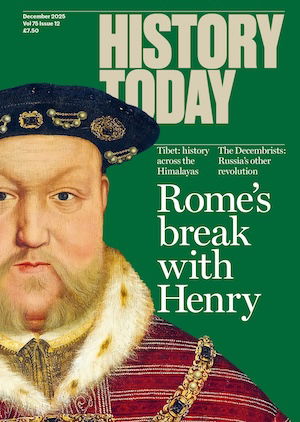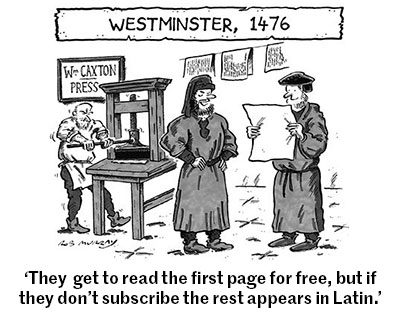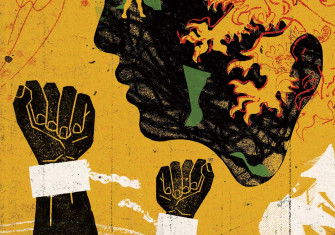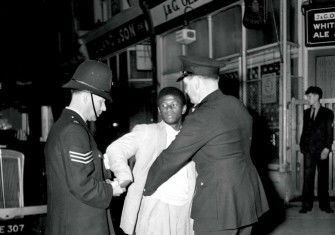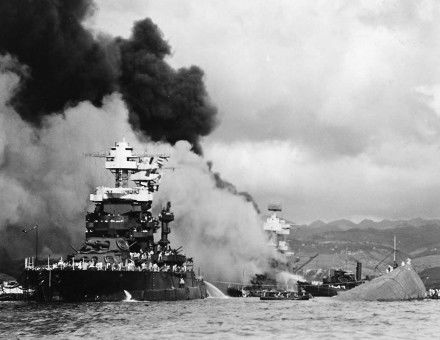Britain’s Forgotten Caribbean Citizens
What did it mean to be black and British in the Caribbean in the years before Windrush?
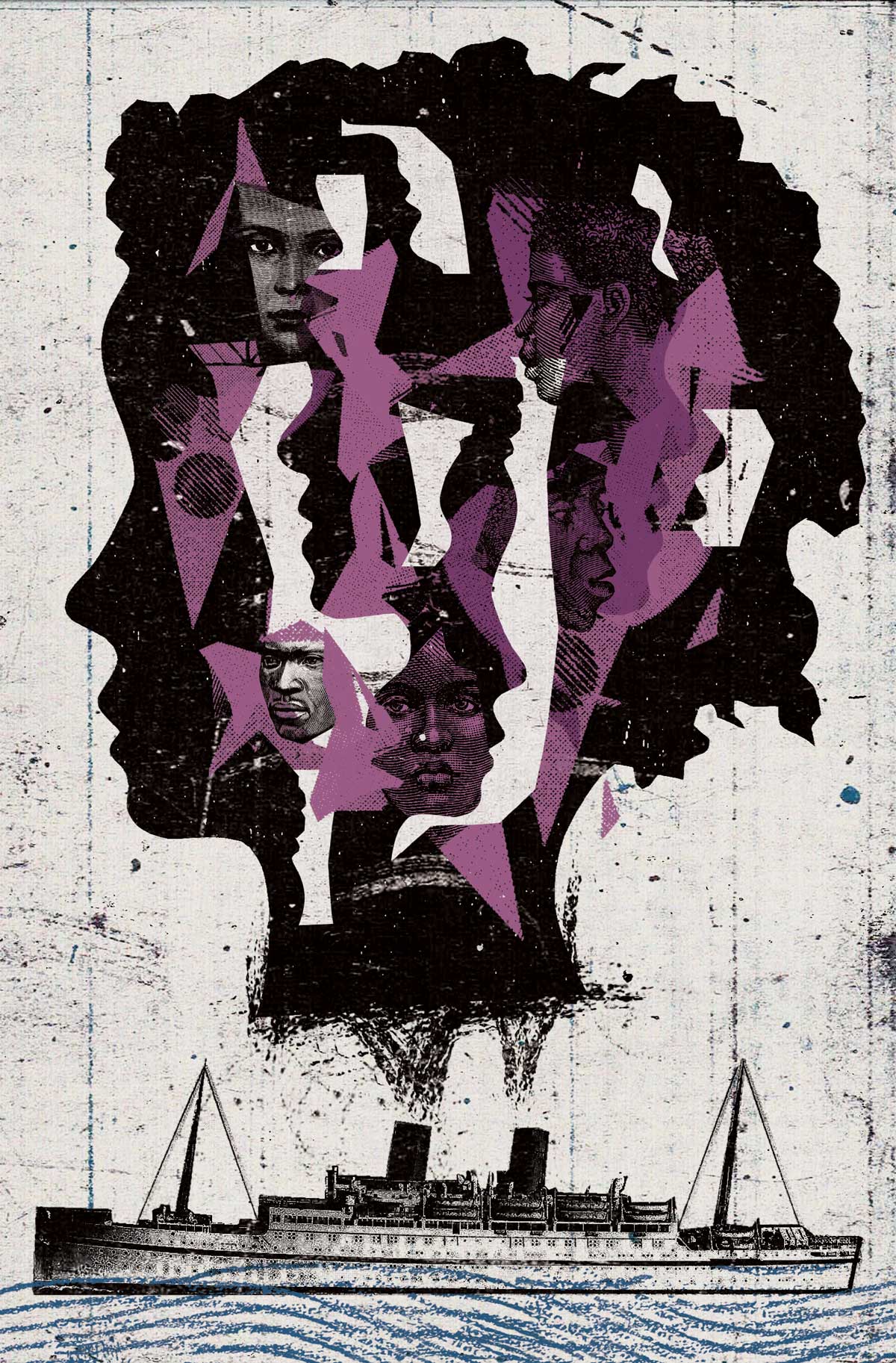
The debates around the Windrush scandal of 2018, which saw people wrongly deported by the UK Home Office, reactivated discussions of Britishness, race and belonging. They also triggered references to history, from the traffic of enslaved Africans to Caribbean plantations, giving credence to Michel-Rolph Trouillot’s assertion that ‘the past is only past because there is a present’. But, for all this, the historical retrospective went back to the Empire Windrush’s landing in 1948, but then made a chronological jump to the days of enslavement. This all but silences 110 years of British colonial history, from 1838 to 1948, a period when ‘loyalty to king and empire’ and ‘the glory, protection and civilisation that the British Empire bestowed’ became central to the colonial project. But also during that period, about a third of a million British subjects became part of an intra-Caribbean diaspora in the Americas, in places such as Panama, Costa Rica, Guatemala, Honduras, the Dominican Republic and Cuba. There, they worked in (mostly) US-driven infrastructure projects and agro-industrial export enterprises.

